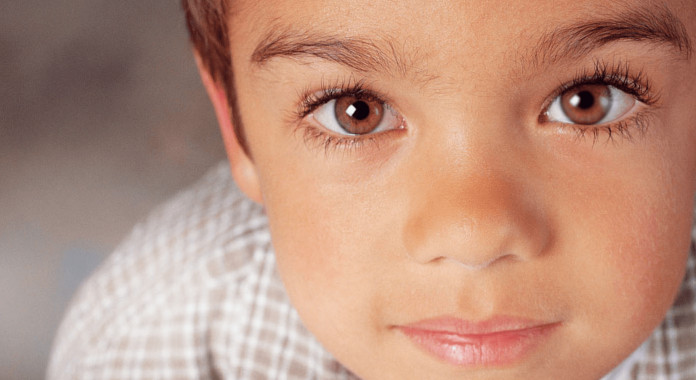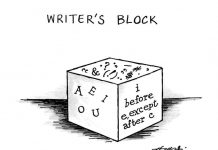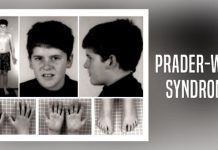Amblyopia (lazy eye) is a condition that causes more loss of vision in people under the age of forty than all of the diseases and injuries combined for this age group.
This eye condition can cause vision loss and a loss of depth perception. Treatments can lead to improvements and possible reverse of the condition. Early detection will offer the best possible outcome. Take a look at this brief overview of amblyopia, also commonly referred to as lazy eye.
Definition of Amblyopia
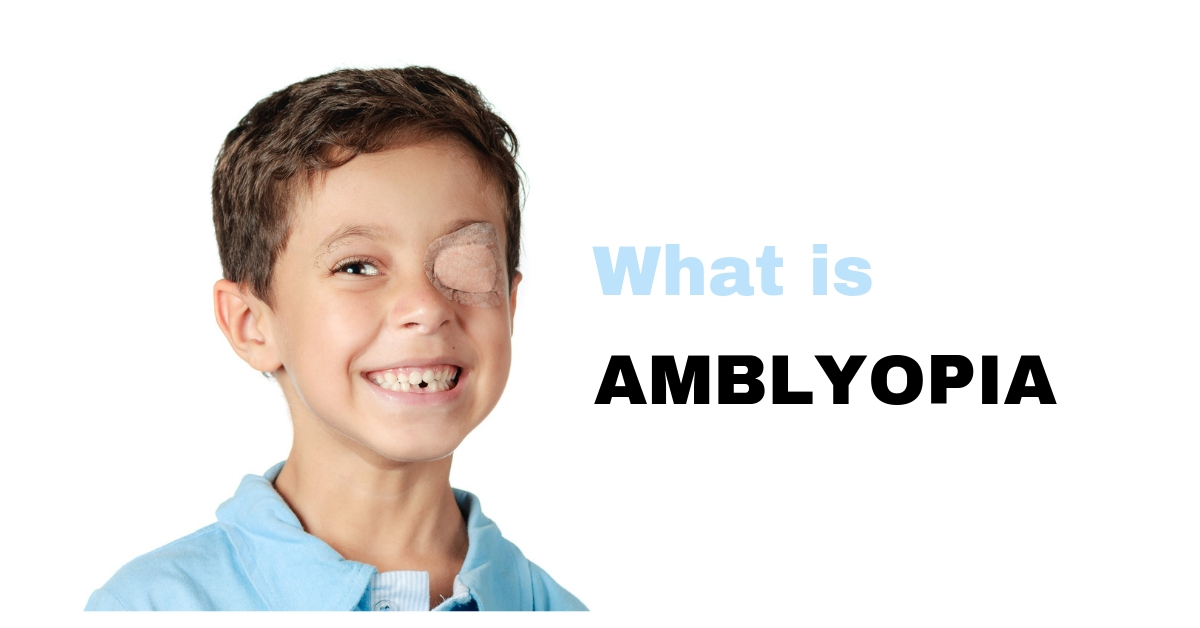
Amblyopia is a condition of the eye that is caused by a vision reduction that can sometimes be improved upon or reversed completely, if caught early enough. This condition is not caused by an eye disease. The exact cause is still unknown, but it is thought to be because the brain cannot completely acknowledge what the eye sees.
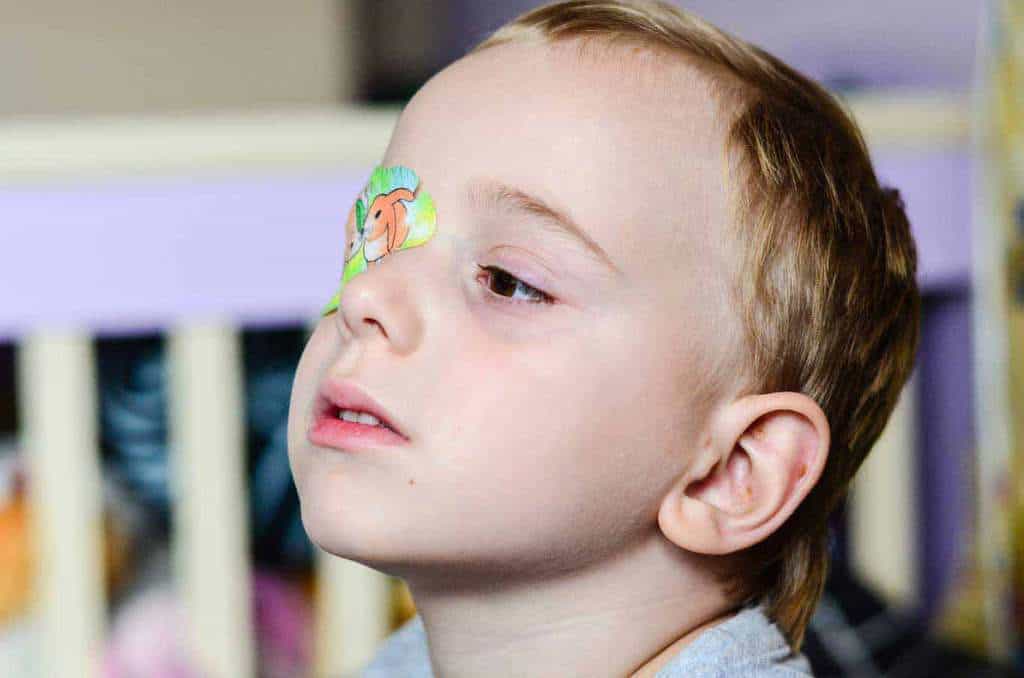
In essence, if one eye has a problem, such as blurry vision or double vision, the brain will ignore the bad eye causing it to become “lazy.” Because the brain ignores this “lazy” eye, it continues to deteriorate until the condition has been identified by an optometrist through thorough testing.

In almost all cases, amblyopia affects only one eye, but the vision loss could occur in both. Some form of amblyopia can be found in 3% of children under six years old. However, there are treatments available, even for young children.
The Causes of Amblyopia
Amblyopia should not be compared to a turning of an eye. A turned eye may cause amblyopia, but it is not the same thing. A turned eye occurs when the muscles of the eye are not strong enough. It is most commonly found in babies and young children, but can continue on into adulthood.
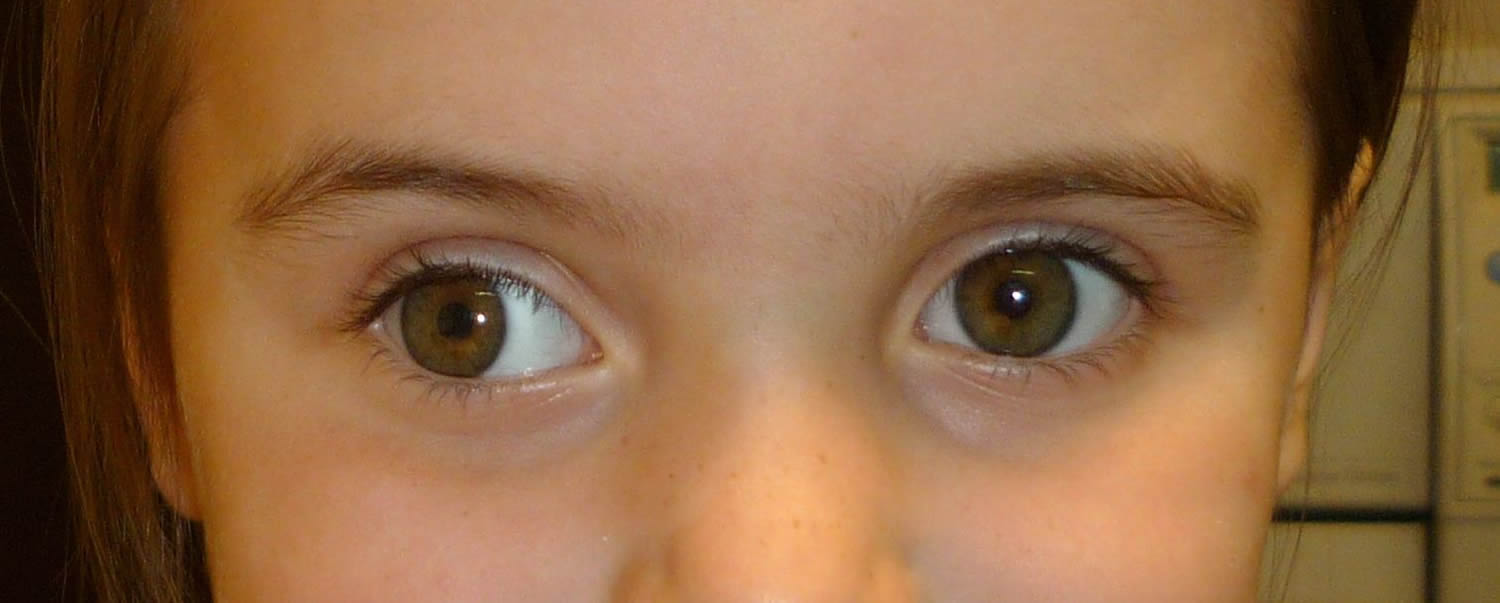
From birth to six years old, any interference with a child’s clear vision can cause amblyopia. The most commonly found causes of amblyopia are:
- Blockage of sight out of one eye (often due to trauma)
- Anisometropia (different vision in each eye)
- Strabismus (the constant turning of one eye)
- Misalignment of one eye (cross eyes)
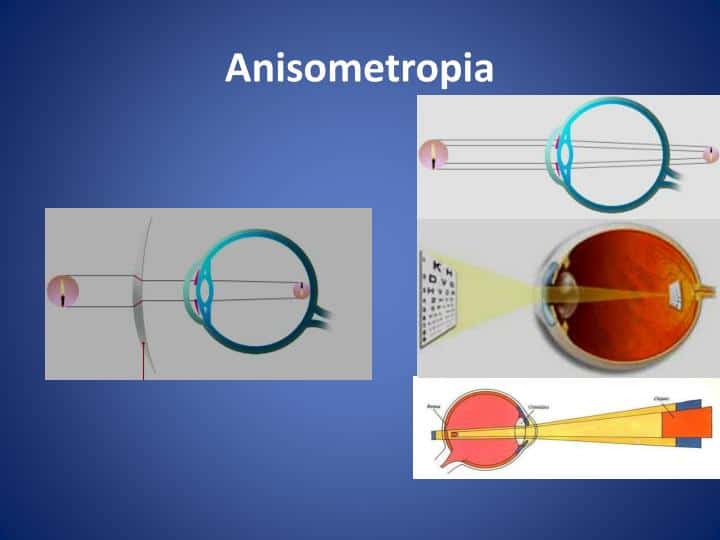
The vision loss is not caused by a physical problem of the eye. It actually occurs in the brain. As one eye sees very clearly and the other is blurry, the brain ignores the blurry eye. The brain will also not use one eye if there is double vision. This continued process can cause a significant loss in vision in the blurry eye and it cannot be corrected with contact lenses, glasses, or lasik surgery.
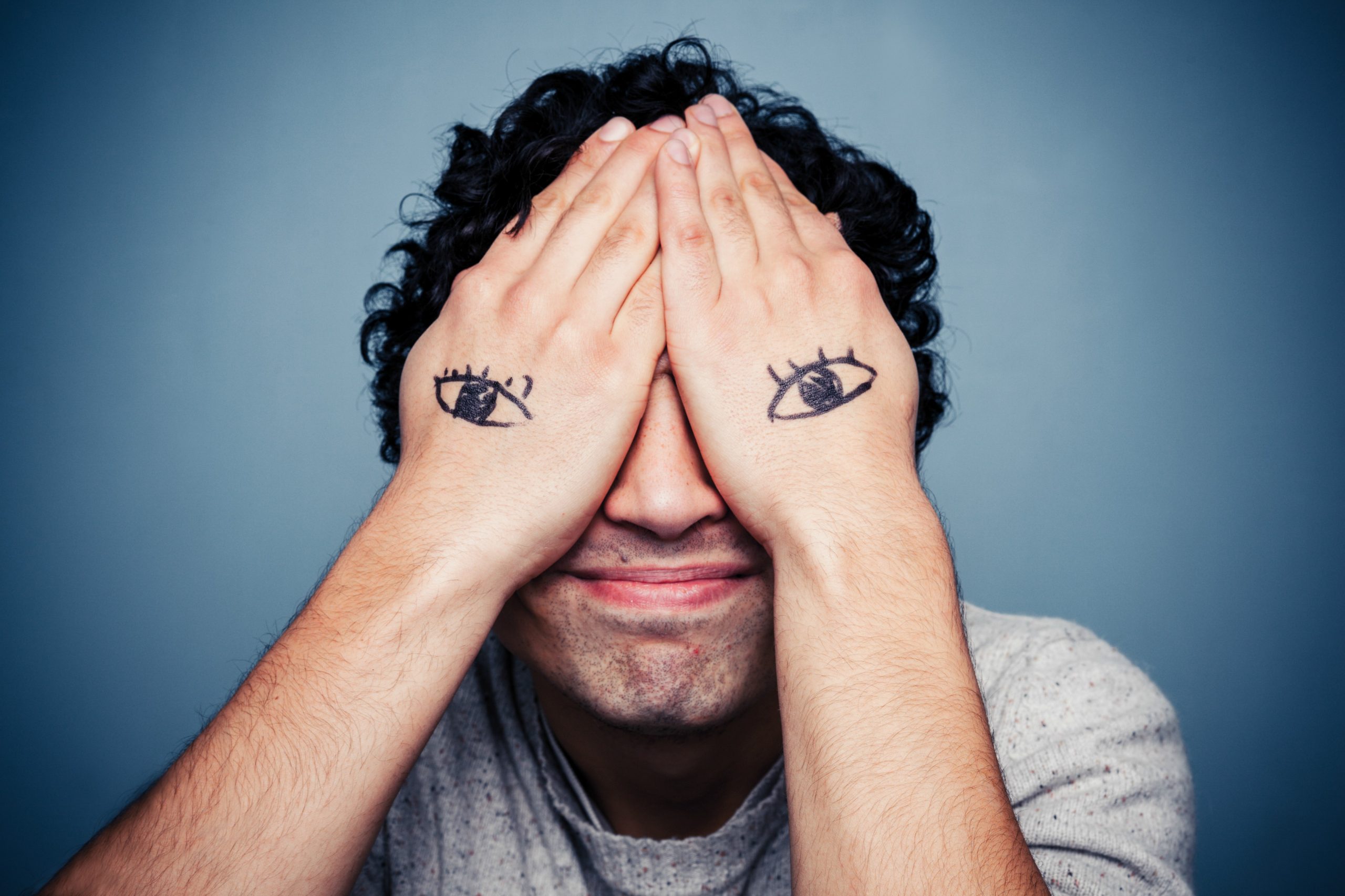
A parent or pediatrician usually cannot detect amblyopia with a routine exam. There are special vision tests that can be used to determine if this condition is present. If you feel a young child needs to be examined for amblyopia, cycloplegic drops are often used to detect the condition.
Treatment for Amblyopia
Since this condition is usually seen only in one eye, many people are not aware of it. Amblyopia often will go undetected until an exam at the eye doctor. Recent studies have shown that amblyopia can be treated with great success up to the age of 17. However, treatment after 17 is still suggested, but will require more effort. Early detection of amblyopia and solid treatment programs are the best course of action.

Early treatment options include:
- Glasses
- Vision therapy
- Eye drops or ointment
- Eye patches
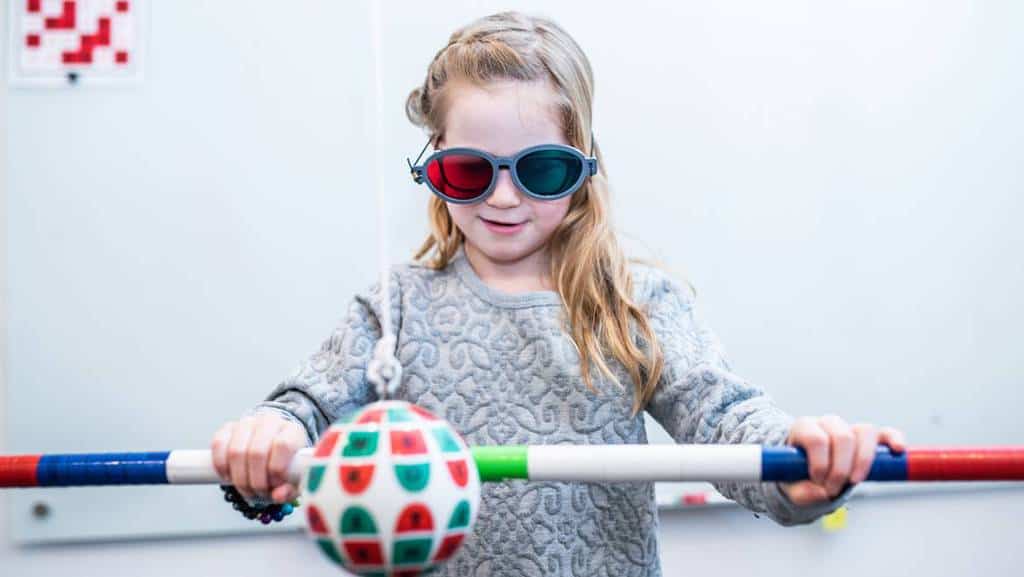
While detection and treatment is recommended before the age of two, studies have shown that children over the age of seven can still be treated effectively.

Amblyopia (lazy eye) is a condition that won’t go away, but can be improved significantly by following an optometrist’s advice. Since it is not an outwardly visible condition, children often are not embarrassed or hindered because of it. The best advice is to make sure your family has yearly eye exams. Visit the Eye Patch Club, which is a website designed for children with amblyopia.


